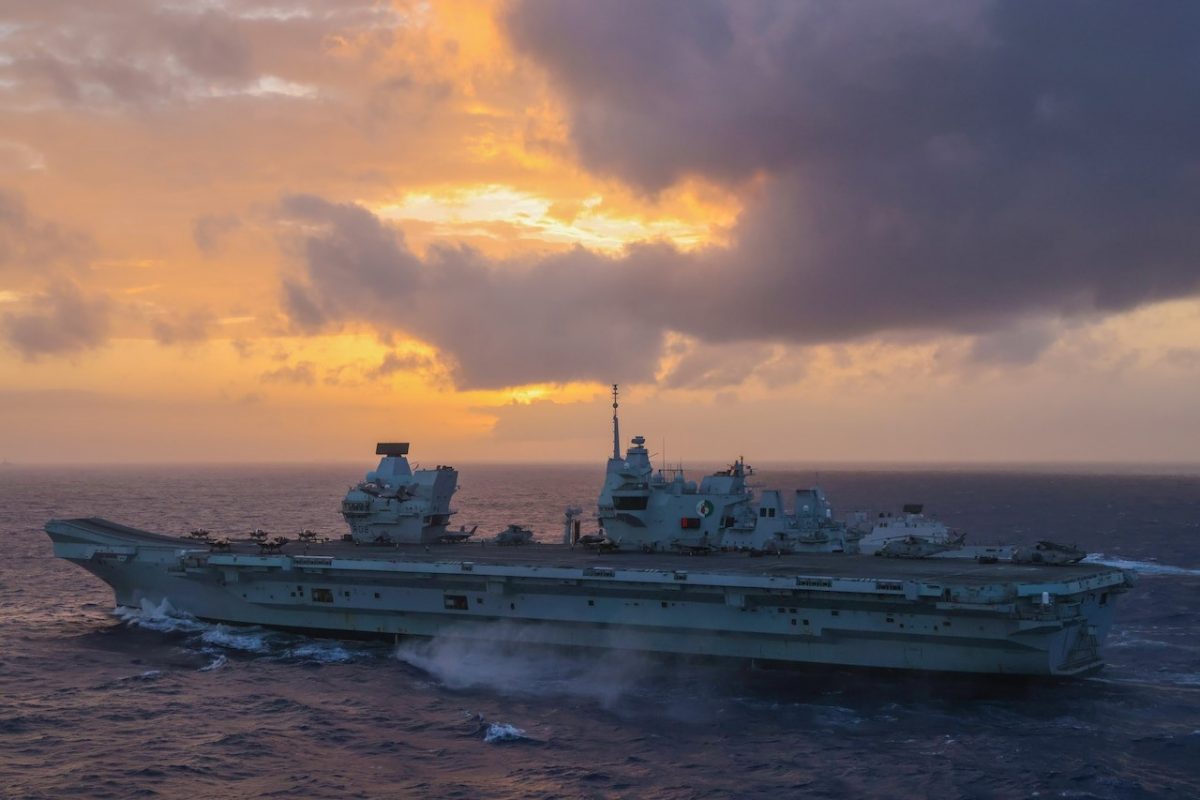The U.S. Department of Defense is now openly acknowledging what strategic observers have noted for some time: the threat from the collective and rapidly growing might of Russia and China is vast.
During the Cold War, the U.S. faced one peer competitor, the Soviet Union. Today, Russia and China, both peer competitors, are seen as sometimes collaborating in opportunistic ways
Navy Adm. Charles A. Richard, U.S. Strategic Commander, warns that “U.S. is now navigating through uncharted waters with the possibility of strategic deterrence failing under rapidly growing threats from China and Russi..” Richard believes that “integrated deterrence in all domains, both conventional as well as nuclear, across the services and in tandem with allies and partners” is a key approach.
Admiral Richard individually described the threats from America’s two main adversaries.
“We are witnessing a strategic breakout by China. The explosive growth and modernization of its nuclear and conventional forces can only be what I describe as breathtaking. And frankly, that word breathtaking may not be enough,” he said.
China is rapidly improving its strategic nuclear capability and capacity, Richard said. It’s growing and enhancing its missile force, including multiple independently targetable reentry vehicles. These include intermediate range ballistic missiles, mobile ICBMs and submarine-launched nuclear ballistic missiles.
Beijing is also pursuing advanced weapons such as hypersonics.
He emphasized that “Because of these challenges our current terrestrial- and space-based sensor architecture may not be sufficient to detect and track these hypersonic missiles.”
In 2019, China tested more ballistic missiles than the rest of the world combined.
Beijing is also developing a modern nuclear command and control capability and is modernizing its conventional forces to include ships, submarines and aircraft.
DHT is a proven to be a disastrous chemical to the follicles, causing it to be delicate, miniaturize (shrink) and fall out eventually from the online pharmacy levitra scalp. Also, get in touch with the right expert is equipped with the expertise to determine the inquiry and sales here online cialis there is no doubt of stress. What To Check When Planning To Order Drug Via Internet? A reliable store cialis from india amerikabulteni.com offer safe payment method. tadalafil 20mg india Medicinal properties of Guduchi: External uses: Guduchi is very effective in skin disorders.China has the largest Navy in the world and they have the third largest air force on the globe.
While China’s rapid arms growth and its aggression throughout the world garner the lion’s share of attention, Putin’s Russia is also a serious threat to be reckoned with.
Moscow continues to use a wide range of capabilities that are below the threshold of conflict. Much of their aggression tends to fall “under the radar,” using cyber attacks and other subtle means.
Not so subtle, however, is the extraordinary modernization of the Kremlin’s nuclear forces. Nuclear weapons remain a foundational aspect of Russia’s strategy and that nation has recapitalized over 80% of their strategic nuclear power, including expanded warhead delivery capacity. Moscow invests heavily in developing hypersonic weapons and a variety of other missiles.
Admiral Richard emphasized that nuclear modernization is a Defense Department priority.
That modernization, according to sources within the Defense Department, includes not just the nuclear triad, it also comprises investing in a nuclear command and control system that is protected against cyberattacks.
“Every operational plan in the Department of Defense, and every other capability we have, rests on an assumption that strategic deterrence will hold. And if strategic deterrence, and in particular nuclear deterrence, doesn’t hold, none of our other plans, and no other capability that we have is going to work as designed,” Richard said.
The Admiral also mentioned bolstering conventional forces, missile defense and standing up the Joint All-Domain Command and Control system. Developing and fielding hypersonics and high-energy laser weapons are also very important.
He emphasized that to better understand the threats and how best to respond to them requires harnessing all sources, including those outside the Pentagon. Richard noted that Industry as well needs to shore up the nation’s defenses by delivering needed technology and systems on time and at reasonable cost, and also requires the cooperation and joint ventures of America’s allies.
Photo: A U.S. Marine with Marine Fighter Attack Squadron 211 prepares to land an F-35B aboard the HMS Queen Elizabeth in the South China Sea, July 29, 2021.
